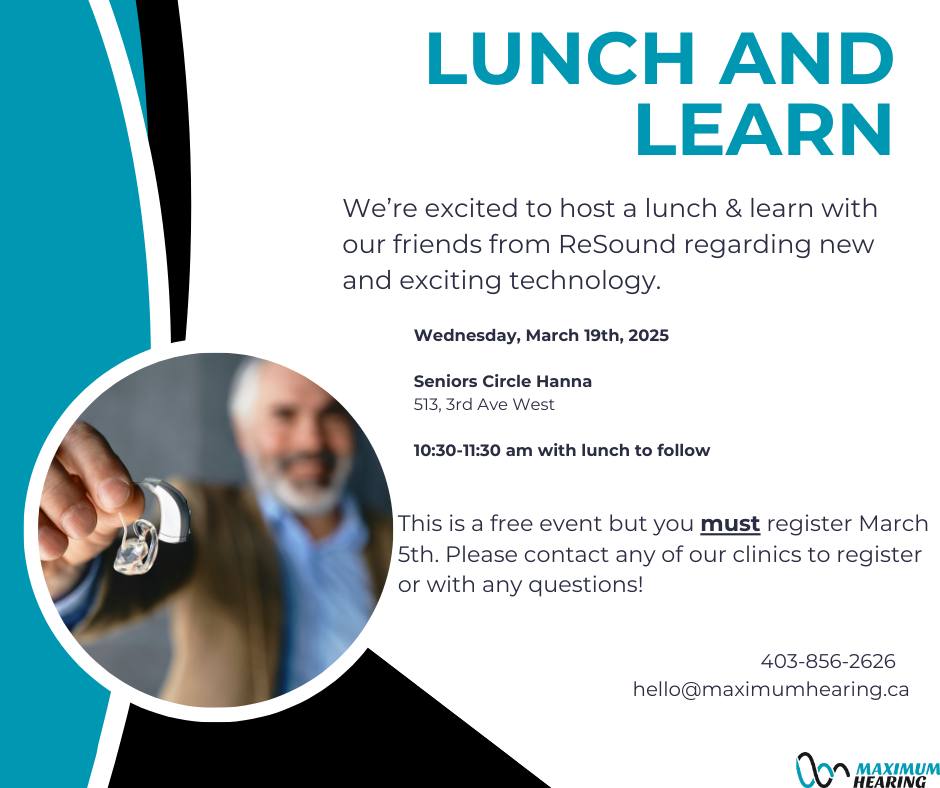Keep a consistent routine, you should be going to bed and waking up at approx. the same time.
Give yourself about 30 minutes to wind down from your day, do things that encourage relaxation like light stretching or reading.
Keep your lights low during your bedtime routine, the light we take in has a huge effect on our sleep and wake cycles.
Try not to look at your electronics right before bed, or just as you wake up.
If you are having trouble falling asleep, don’t stay in bed, after 20 minutes get up and do something else that is relaxing.
Make sure you get access to sunlight at some point in the day. If that’s hard to do, there are lamps specifically designed to trick your eyes into thinking they’ve received sunlight.
Regular exercise is proven to help you fall asleep at night.
While alcohol might make it easier to fall asleep it can disrupt our sleep later in the night. It’s best to reduce alcohol intake, and to avoid alcohol just before bed.
Caffeine is a stimulant, meaning it can keep us awake even when we want to start winding down, especially if taken in the later afternoon or evening.
Heavy meals late at night can mean you’re still digesting by bedtime. Keep any meals before bedtime as light as possible.
Working from your bed is a big no-no. The goal is to link being in bed with sleeping, so try to avoid doing other things in bed.
Make sure you have a pillow that suits your sleeping style, to ensure a pain-free sleeping experience.
Set the temperature to one that feels comfortable to you, but try to keep it on the cooler side, as we tend to sleep better in a cooler room.
Make sure that incoming light, like from streetlights, is blocked out by using heavy curtains or an eye mask.
Earplugs can be useful in preventing noise from waking you or you could try using a white-noise machine or a fan.
Can’t sleep because of racing thoughts? Try keeping a journal next to your bed to write down any worries that are preventing you from sleeping.










